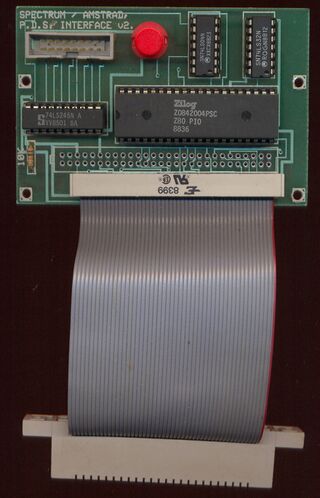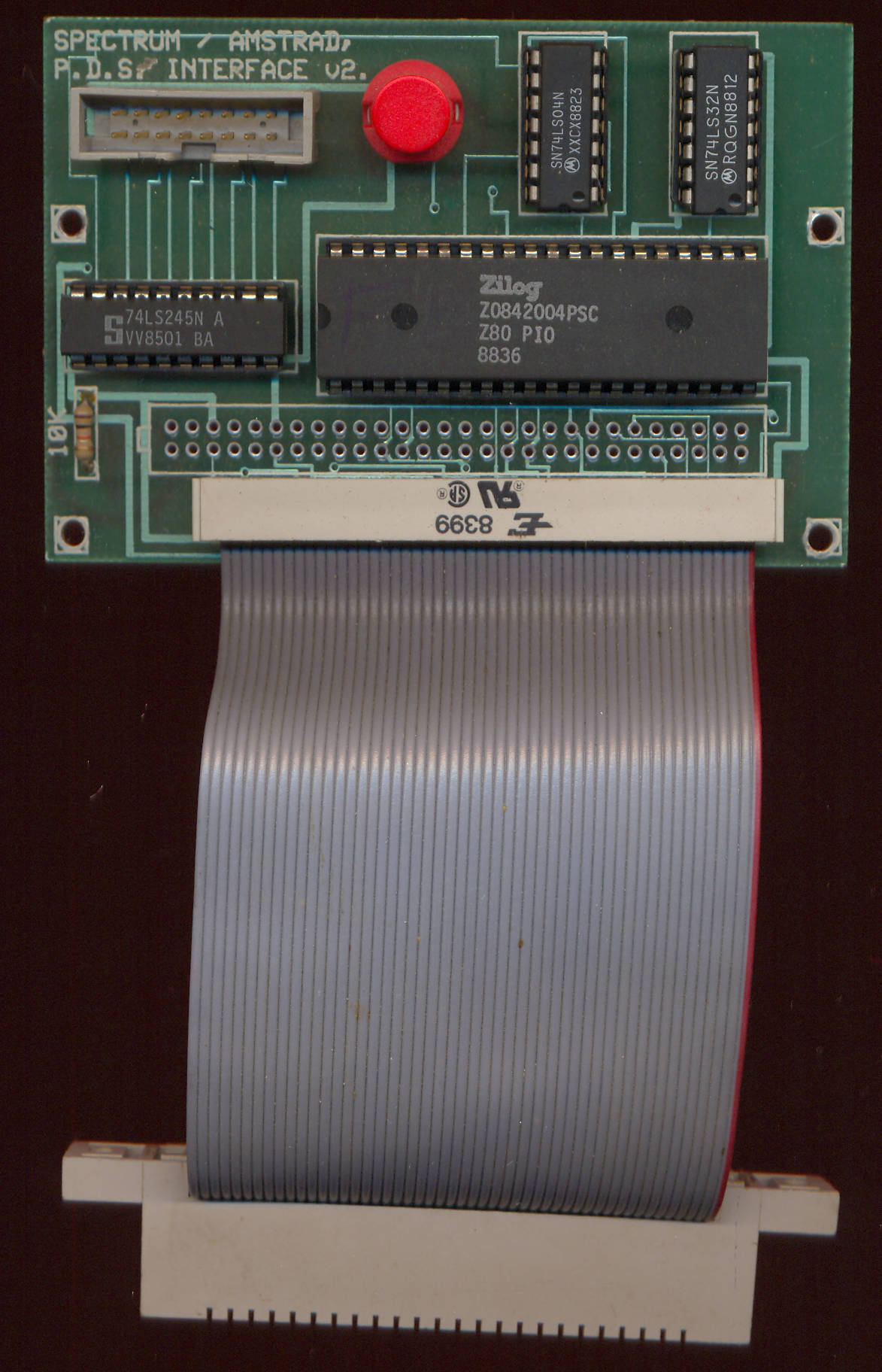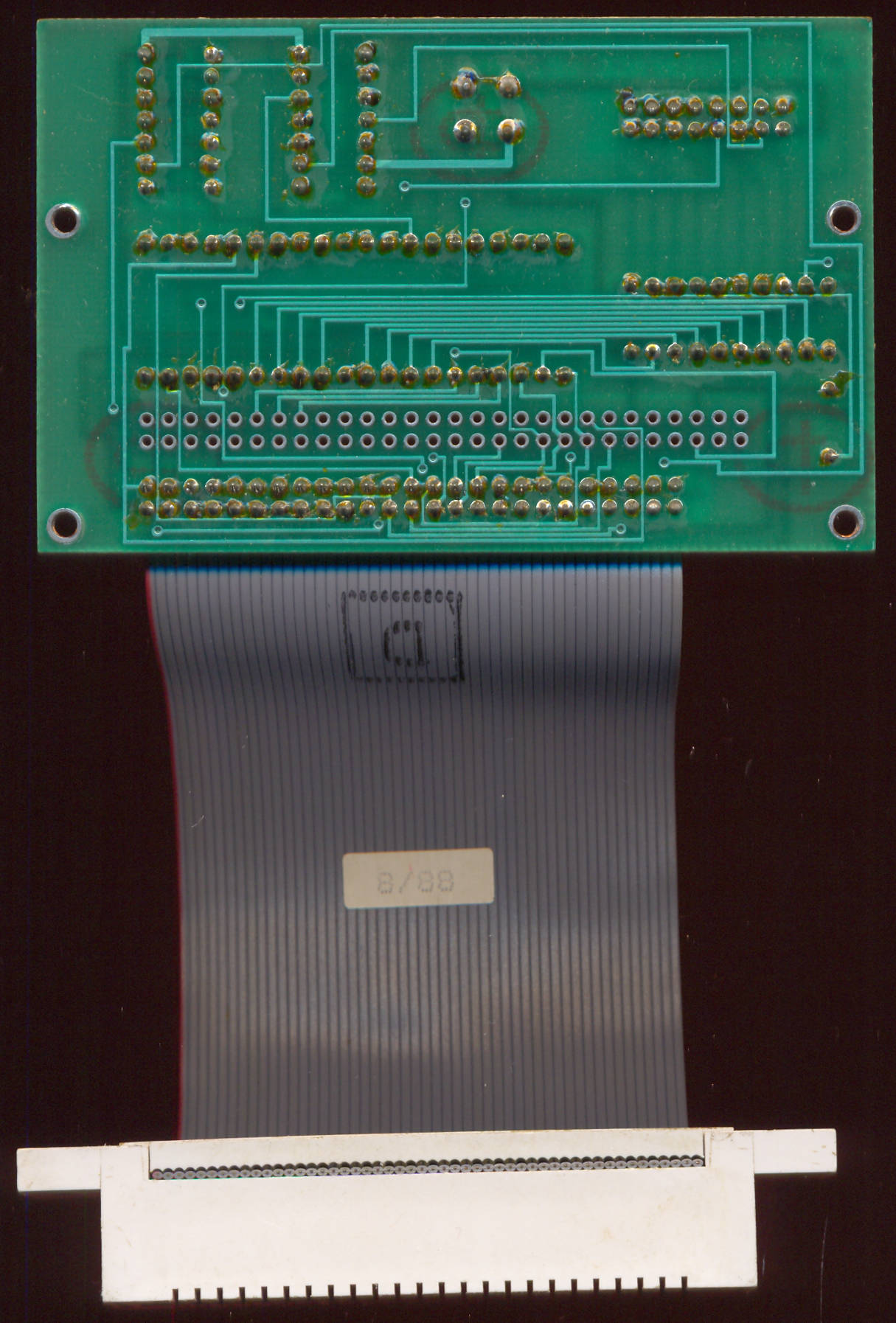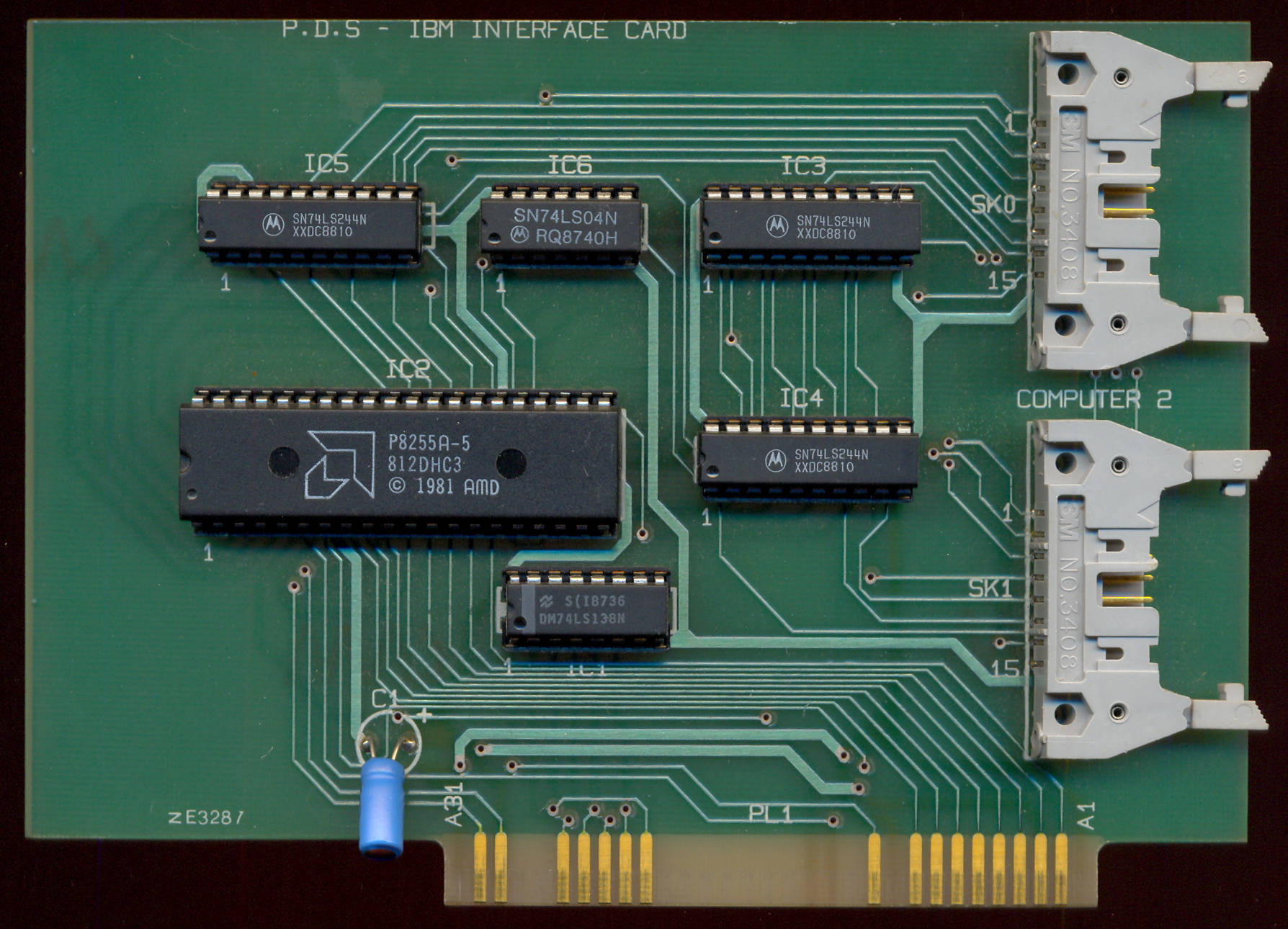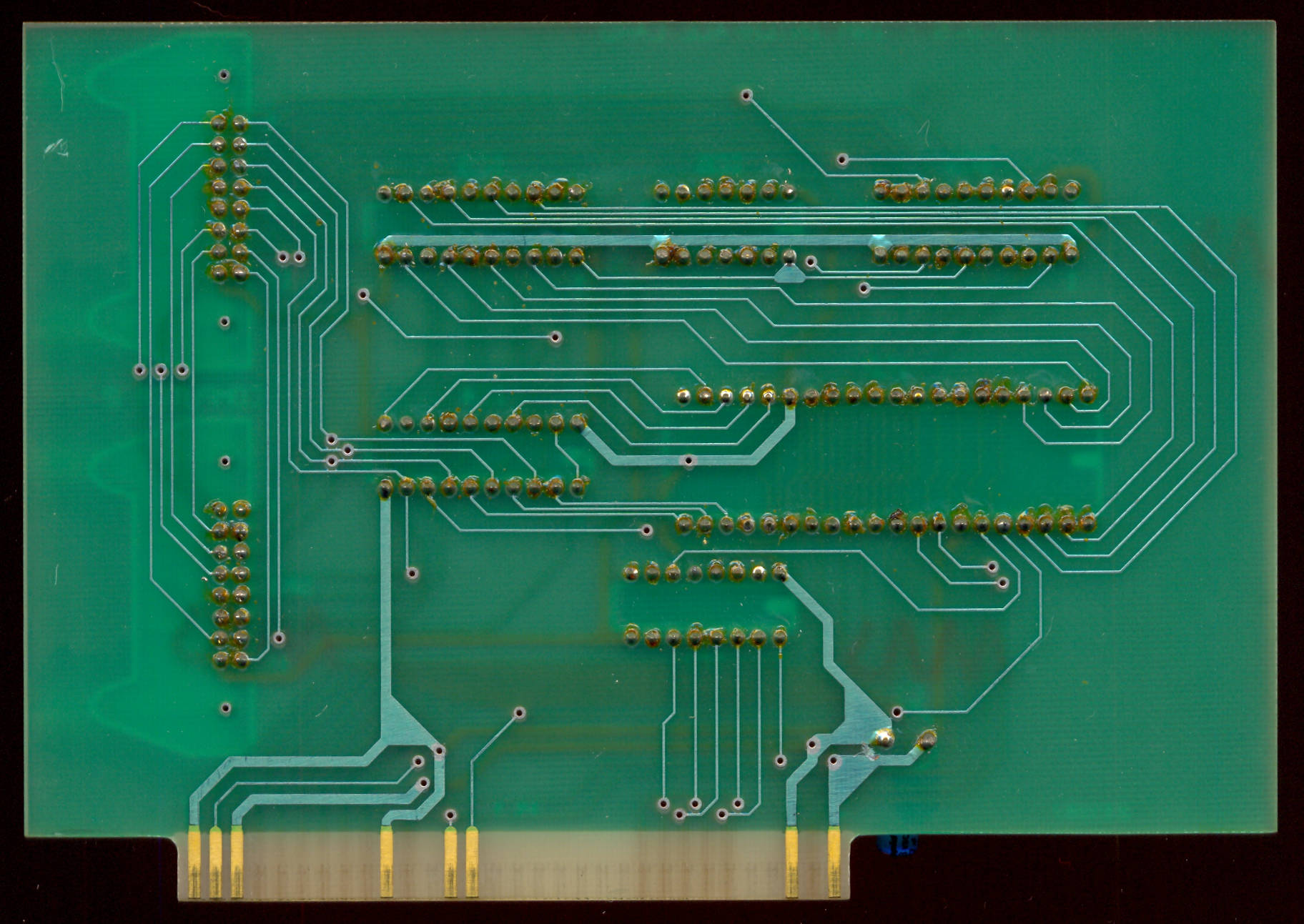Programmers Development System
From Sega Retro
This short article is in need of work. You can help Sega Retro by adding to it.
The Programmers Development System (PDS) was a popular command-line assembler developed by English software engineer Andrew Glaister[1][2] and first released in 1985 by his London-based company Programmers Development Systems Ltd.[1][3] It was used to develop a number of games for Sega platforms, generally for 8-bit home computers[4] and the Master System.[5]
Contents
History
Development
| “ | During the rest of the 1980's I started working on a development system as typing in hex using a two line basic program was becoming more and more difficult. This was developed on one of the first IBM PC clones from England - the 'Apricot PC'.
This was an extremely well designed machine and actually had some advantages over the early IBM PC's - namely a 960K memory limit, a separate LCD in the keyboard and great hardware and software manuals. The assembler, editor, debugger, profiler, graphics tool and hardware card to connect to C64's, ZX Spectrums, Amstrads, C16's etc... became really popular with first my friends and then more and more developers.
I formed a company called 'Programmers Development Systems Ltd.' or PD Systems with Jacqui Lyons (of Marjacq) and Fouad Katan (of Bits) and for the remainder of the 1980's and early 90's we sold about 500 systems to pretty much all the game development companies in England. Many of the people who bought these systems would never have used the PC for anything else, so it was quite a large investment at the time. |
„ |
— Andy Glaister[6] | ||
Release
Originally released for 8-bit home computers in 1985 as the PDSZ80, it was used to develop software for the Amstrad CPC, Commodore 64, MSX, ZX Spectrum, and Master System[5], among others.[4] The hardware was available as a standalone PCB which would connect via parallel cable to the target system. Realtime Games Software even adapted it for use with the Apple Macintosh, with which they developed the Macintosh port of the game Carrier Command in 1988.[7][8]
A later release known as the PDS68000 was designed for use with 16-bit computers like the Amiga and Atari ST.[9]
List of developed games
 |
This list is incomplete. The following list has been marked as incomplete. If you can, please complete it. |
- OutRun (Amstrad CPC)[10][11]
- OutRun (ZX Spectrum)[11]
- OutRun Europa (Game Gear)[12][13]
- OutRun Europa (Master System)[14][15]
- Sega Chess[16][17]
Physical scans
Expression error: Unexpected < operator. File:PDS UK manual.pdf
Photo gallery
References
- ↑ Jump up to: 1.0 1.1 http://www.glaister.com/History/Andy/Andy%20History.htm
- ↑ https://www.worldofsam.org/products/pds-development-system (Wayback Machine: 2023-12-09 10:49)
- ↑ http://www.glaister.com/History/Andy/Business%20Card%201985.jpg
- ↑ Jump up to: 4.0 4.1 http://retro-hardware.com/2019/05/29/programmers-development-system-pds-by-andy-glaister/ (Wayback Machine: 2024-02-28 17:14)
- ↑ Jump up to: 5.0 5.1 https://www.reddit.com/r/gamedev/comments/467rau/what_development_tools_did_game_developers_use_in/ (Wayback Machine: 2023-01-11 20:02)
- ↑ https://www.cpcwiki.eu/index.php/PDS_development_system (Wayback Machine: 2024-04-01 19:24)
- ↑ File:AmigaComputing UK 005.pdf, page 20
- ↑ File:AmigaComputing UK 005.pdf, page 21
- ↑ http://trastero.speccy.org/cosas/JL/PDS/Introduccion.html
- ↑ The Amstrad CPC version was built on the PDS-developed code of the ZX Spectrum version
- ↑ Jump up to: 11.0 11.1 Interview: Alan Laird (2000-01-02) by reassembler.blogspot.com
- ↑ Hidden text mentions a PDS CONVERTER program, and the game was developed by Probe Software (known for their PDS use)
- ↑ OutRun Europa/Hidden content#Game Gear version
- ↑ Hidden text mentions a PDS CONVERTER program, and the game was developed by Probe Software (known for their PDS use)
- ↑ OutRun Europa/Hidden content#Master System version
- ↑ Hidden text mentions a PDS CONVERTER program, and the game was developed by Probe Software (known for their PDS use)
- ↑ Sega Chess/Hidden content
